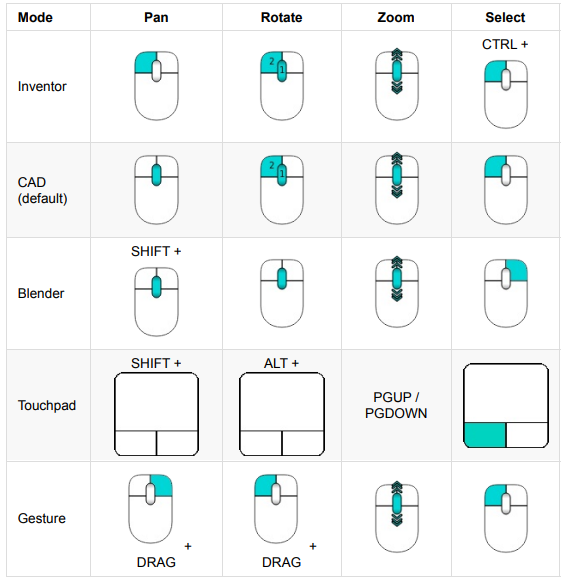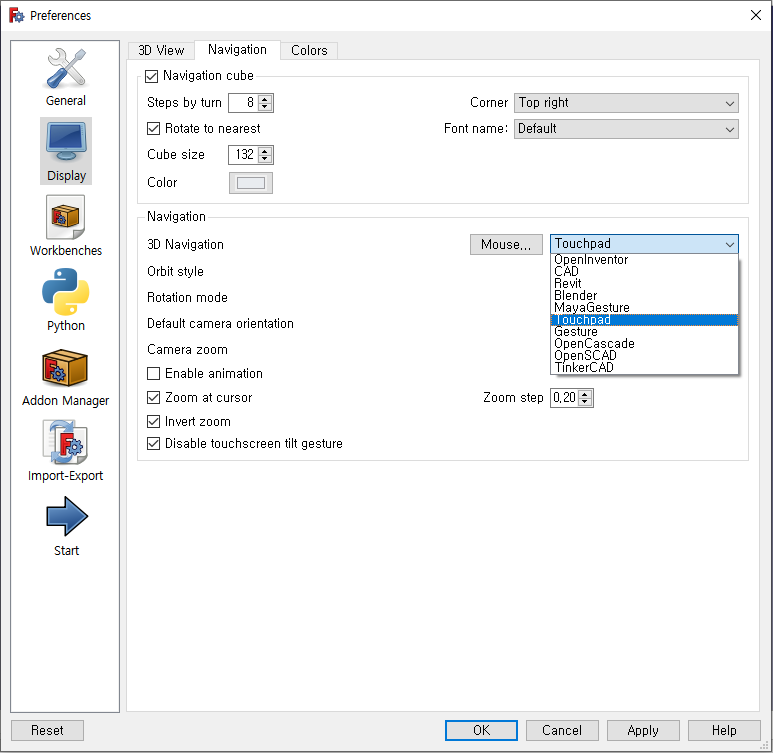screen - window 계층 구조인 것 같고
상자는 세로, 가로로 쓸 문자만 넣어주면 되는 듯. 터미널 사이즈에 따른 동적 변화는 따로 찾아봐야겠네.
#include <ncurses.h>
int main(void){
initscr();
start_color();
init_color(1, 0, 1000, 0); // 1번 색상(글자색): 초록색
init_color(2, 0, 0, 1000); // 2번 색상(배경색): 파랑색
init_pair(1, 1, 2); // 1번 Color pair를 초록 글자색과 파랑 배경색으로 지정
WINDOW * win = newwin(20, 20, 10, 10);
box(win, '|', '-');
waddch(win, 'A' | COLOR_PAIR(1)); // 1번 Color pair를 적용해 문자 출력
refresh();
wrefresh(win);
getch();
endwin();
} |
start_color() 로 색상을 사용할 수 있도록 설정하고
init_color(index, , , ,)로 팔레트를 초기화 하고
attron(attribute on), attroff(attribute off) 함수로 색상을 적용/해제 한다.
#include <ncurses.h>
int main(void){
initscr();
start_color();
init_color(1, 0, 1000, 0);
init_color(2, 0, 0, 1000);
init_pair(1, 1, 2);
attron(COLOR_PAIR(1)); // 출력 색상을 1번 Color pair로 변경
printw("Hello");
attroff(COLOR_PAIR(1)); // 속성 해제
refresh();
getch();
endwin();
} |
[링크 : https://magmatart.dev/development/2017/06/15/ncurses4.html]










